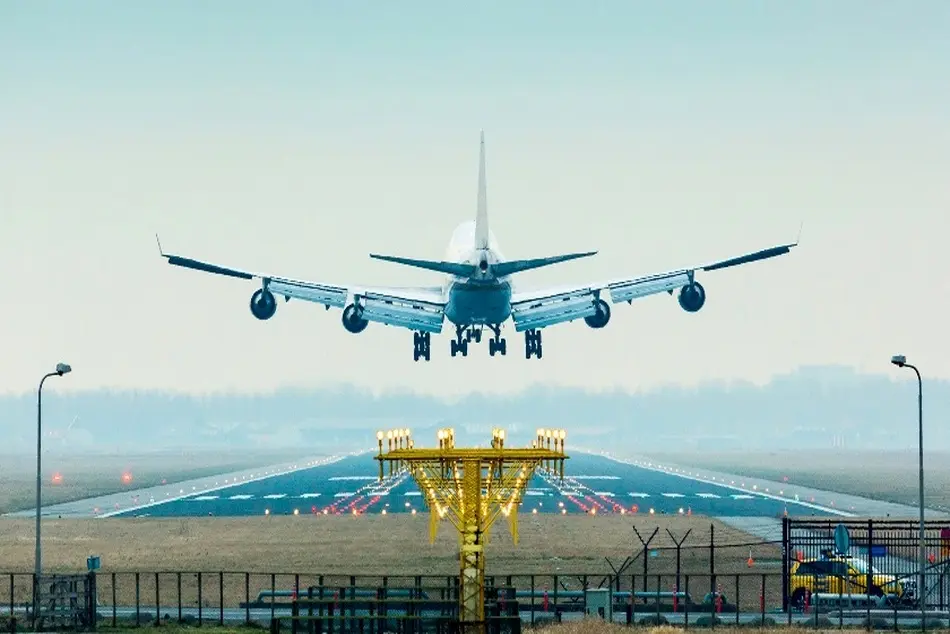Netherlands’ Airports Switching 100% To Wind Energy

On January the 1st of 2017, Dutch National Railway company NS made a monumental step towards a world in which we no longer compromise the wellbeing of future generations for the sake of our own livelihood.
NS is switching to wind energy from newly erected wind farms for transporting all of its 600,000 daily passengers, which is leading to the company cutting carbon emissions equivalent to the electricity consumption of the entire population of Amsterdam — 1.2 billion kWh a year! This bold move worked out great for the company’s public image, as it was featured in news outlets around the globe. NS found itself being widely lauded as exemplary for how companies can contribute to reducing a country’s carbon footprint.
Exactly one year later, on January the 1st of 2018, all major Dutch airports will significantly improve sustainability of their operations by completely shifting to wind power for the supply of their electricity.
All airports part of Royal Schiphol Group are participating, including not just the main port, Amsterdam Airport Schiphol, but also Rotterdam The Hague Airport, Eindhoven Airport, and Lelystad Airport. Together, these handle almost all civil aviation flights arriving or departing in the Netherlands, transporting 70 million passengers and almost 1.7 million tonnes of cargo in 2016.
The electricity will be supplied by energy company Eneco, which is also serving the Dutch Railways. In terms of energy units, this deal is much smaller — 200 million kWh a year — but that still equates to the electricity consumption of about 60,000 Dutch households.
Part of the deal between Royal Schiphol Group and Eneco is that all electricity should come from newly built wind farms on Dutch dominions. That means that at first the majority of renewable energy will still come from older sources, but that as new wind farms come online, the share of already existing capacity will steadily diminish.
By 2020, the airports will be operating purely on electricity coming from wind farms that haven’t come online yet at the time of writing.
The rationale behind this is that to have real impact, it is not enough to merely consume more renewable electricity. Rather, boosting renewable electricity generation is what matters. This is because the supply of “green” electricity exceeds demand in numerous European countries, meaning that Dutch electricity companies can easily greenwash their own unsustainably generated electricity by buying certificates of origin pertaining to hydropower from Norway or Sweden.
By the stipulation that new wind farms should be erected, the supplier can’t make use of the certificates-of-origin greenwash scheme, making this a genuine move towards a more sustainable future.



